The US election outcome triggers uncertainty for automotive logistics, with tariffs, trade wars, and supply chain risks ahead.
Since his election in November last year, US president Donald Trump has made plans to enact tariffs and changes to trade incentives that will greatly affect the automotive supply chain in North America and around the globe.
Follow Automotive Logistics’ timeline below to see some of the pivotal events for the automotive industry during the last year. For full analysis of each story, see our dropdown of grouped stories in the series above, or the boxout at the end of this article.
July 2024
Tesla pauses its plans to build a new gigafactory in Mexico until after the US election. The OEM had first announced plans for the gigafactory near Monterrey in Nuevo Leon in March 2023 and it was originally expected to be operating by the first quarter of 2025. In a financial update, the carmaker said uncertainty surrounding the tariffs would make it impractical to invest heavily in the plant, but Mexican government officials have stated that the OEM has received $135m in incentives to build the factory.
November 2024
Trump wins the US election, plunging the North American supply chain into further uncertainty and unpredicatability, with questions arising about Canadian and Mexican imports and the USMCA, Chinese and European trade flows, and investment in EVs. Analysts warn of USMCA violation and the impact on the automotive supply chain.
Meanwhile, Toyota announces plans for a $1.4 billion investment in Mexico to renovate its Beja California and Guanajuanto facilities.
December 2024
Mexico and Canada warn the US against a trade war, following Trump’s promise of 25% tariffs on imports to the US.
January 2025
Trump is sworn in as president on January 20, and reaffirms his plan to impose 25% tariffs on imports from Mexico and Canada from February 1.
The president promises to“retake” the Panama Canal, claiming it is operated by China. If action is taken to take control of the waterway, the impact would be felt heavily by the automotive supply chain.
In the same month, Trump halts EV incentives with a pause on funding from the Inflation Reduction Act (IRA). In the short-term, the move could help balance EV supply and demand, but is likely to reduce investment in EV manufacturing and logistics in the US.
February 2025
Toyota announces it will make its own batteries at its plant in North Carolina and will begin local supply in April, showing commitment to EV battery production in the US despite Trump’s announcement about pausing IRA funding.
Threats are made by Trump to impose tariffs of 25% on auto parts and metals imports from Canada.
China retaliates against Trump’s auto tariffs with 10% duty on US vehicles and file a complaint with the World Trade Organization (WTO).
Ford’s CEO James Farley warns of serious financial impacts on the automotive sector if Trump’s threatened tariffs persist, while tensions between the US and Panama ramp up further over the canal, as the US secretary of state accuses the Panama Canal of being controlled by the Chinese Communist Party.
Rather than pull back on tariff threats, Trump aims toimpose reciprocal tariffs around the world, triggering potential trade wars that could impact automotive logistics networks and dampen investment. He says he will reveal more about his promised tariffs of 25% on vehicles on April 2.
March 2025
US tariffs of 25% come into force on imports from Canada and Mexico, and 20% on imports from China (March 4).
Both China and Canada retaliate with tariffs on the US.
Trump then calls a one-month exemption for carmakers in compliance with the USMCA deal, while Blackrock agrees to buy two ports on Panama Canal, owned through the Panama Ports Company by Hong-Kong company CK Hutchinson Holdings. It follows Trump’s false claims that China is running the Panama Canal.
Global tariffs of 25% on all steel and aluminium imports to the US are imposed. The EU retaliates with tariffs on €26bn ($28bn) of US goods, to come into play in April.
BMW and Audi both call for tariff-free trade in North America, as neither OEM complies with USMCA rules on local content for production in Mexico.
There is a surge of vessel movements as OEMs scramble to reroute ships bound for the US from Asia and Europe. Meanwhile, OEMs look to diversify manufacturing as quickly as possible.
D-Day dates for tariff implementation are set, with 25% tariffs on imported vehicles to come into play 2 April, and 25% tariffs on imported components on 3 May.
April 2025
On what Trump has called “Liberation Day”, 2 April, he announced 25% tariffs placed on all vehicle imports from the US, effective immediately, and confirms the 25% tariffs on imports of vehicle parts to the US from next month on 3 May. The list of parts that will be affected includes engines, powertrains and electrical components. Vehicles that comply with USMCA trade rules will be exempt temporarily, with importers only having to pay the 25% tariff on the non-US content.
At the same time, Trump announced a tariff of at least 10% on all imports globally, taking effect on 5 April. However, vehicles, car parts, and steel and aluminium imports already subject to tariffs will not be subject to the additional reciprocal tariffs.
Individualised reciprocal higher tariffs have also been imposed on imports from countries with which the US has the largest trade deficits, and will come into effect 9 April.
Topics
- Analysis
- Cost & Budget Management
- Cross-Border Logistics
- Editor's pick
- Electric Vehicles
- EV & Battery Production
- features
- Finished Vehicle Logistics
- Fleet & Route Optimisation
- Ford
- Inbound Logistics
- Inventory Control
- Nearshoring
- News
- North America
- OEMs
- Policy and regulation
- Risk Management
- Shipping
- Supply Chain Planning
- Supply Chain Purchasing
- Toyota
- Trade & Customs
US election: A timeline of impacts on automotive logistics
- 1
 Currently reading
Currently readingHow Trump’s presidency is reshaping automotive logistics: A timeline of tariffs, trade disputes, and EV policy shifts
- 2
- 3
- 4
- 5
- 6
- 7
- 8
- 9
- 10
- 11
- 12
- 13
- 14
- 15
- 16




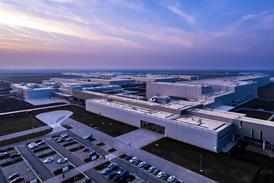
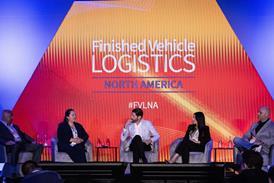
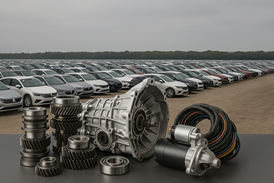

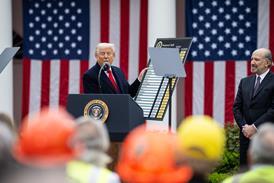
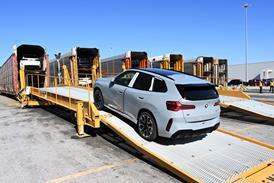




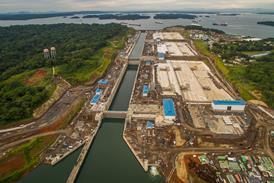



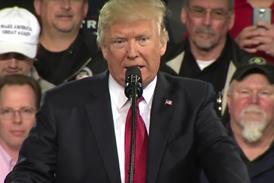




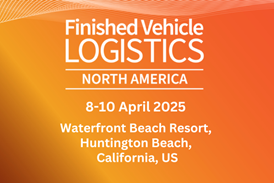

![Global[1]](https://d3n5uof8vony13.cloudfront.net/Pictures/web/a/d/s/global1_726550.svgz)
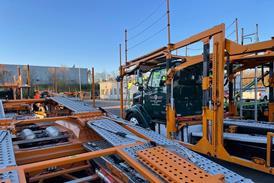
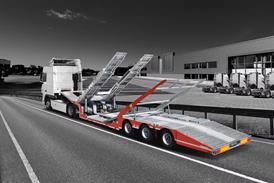
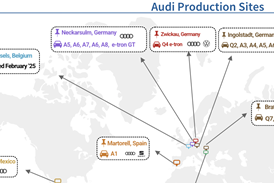

















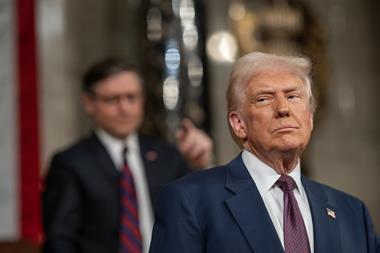
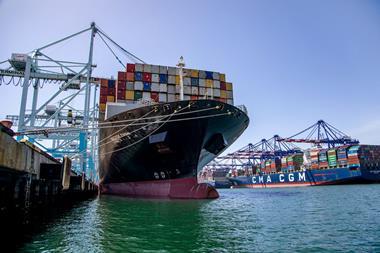

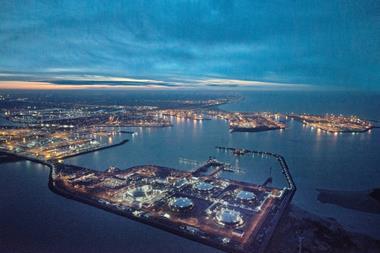
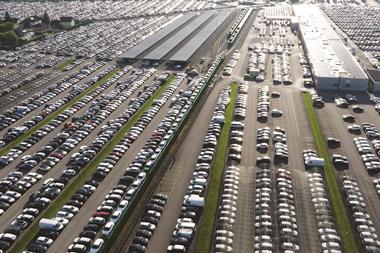


No comments yet